First Aid... Remove Sticky Residue

Hi, Liz here, from SimpleDecoratingTips.com a DIY & decorating blog for everything home to cottage. (This post was first published on Simple Decorating Tips. )
A few years ago, I shared with you how to get a leftover sticky label off a jar.This time, it’s not a jar I needed to remove the sticky residue from, it’s our wood floor!
Although I opted for soft pine flooring for the main floor of our recently renovated house, I want lots of dings and dents and wear marks to age it, but I don’t want sticky patches!
When we put a pair of chairs in front of the fireplace, I put on those sticky felt chair pad floor protectors. In most cases that would work, except in our case it didn’t. Reason is because the floors are somewhat rustic with gaps and uneven seams between the wide planks.
When the chairs got slid around, the pads on the bottom of the feet got snagged in the cracks of the floor, eventually peeling them back so that the sticky part was facing down and the sticky residue of the pads scraped off onto the floor.
Eventually, those sticky spots got covered with dust and ash from the fireplace leaving this look:
There were several dark spots, streaks and marks all over the floor in front of the fireplace where the chairs sit.
Time to get out the cooking oil!
My mom taught me this is the best thing to remove sticky residue with. Some people use peanut butter, but I don’t care for the lingering odor of P.B. so I stick, (or should I say UN-stick) with cooking oil for my glue remover.
I simply pour out a little oil onto the rag.
A good textured terry rag like this one works best…
Then rub the residue.
To remove sticky residue on some spots, I found it best to wipe on some oil on those bad spots and let it soak in a minute before going back and rubbing it off. That seems to loosen up the surface a bit.
There’s the proof that it works!
This totally removed the stickiness and the dark color that was from dust and ash sticking to the tack of the residue.
There is the same place on the floor. All the dark sticky residue is gone.
The dents are still there, and many more to come! I want this floor to look like it’s had a history.
Last thing to do is a quick wash of the floor, to clean up the cooking oil residue,
using my all time,(ALWAYS streak free!!) favorite floor cleaner, . (affiliate link) No more sticky residue to peel off onto the floor! They come in many different sizes. I used the right sized round ones for our dining chairs.
They go on super slick, (as long as you order the correct size!) I quick snapped a pic of my husband putting them on one of the chairs:
This is what they look like on:
These chair leg floor protectors will stay put when the chairs get slid across the cracks between the floor planks.
Enjoyed the project?
Resources for this project:
See all materials
Comments
Join the conversation
-
 Beth Gold Roccia
on Mar 12, 2022
Beth Gold Roccia
on Mar 12, 2022
Going to have to try this, been using erasers with vinegar and it works but is tedious.
Looks easier with oil and no smell...also need to go get those caps for the chair legs!
-
-
 Jennifer
on Mar 13, 2022
Jennifer
on Mar 13, 2022
This is a great tip, but may not work for every adhesive. There are many different options for removing adhesive residue bc there are many different types of adhesive (latex adhesive, acrylic, pressure sensitive, etc.) used in the construction of labels and stickers, depending on the intended need. Some are designed to be permanent, others removeable, some for use in low temps, others to be resistant to dishwashing, etc. Basically you have a few choices- first determine if you want to try to remove physically (scrape), thermally, or chemically (break down the adhesive). Most of us try physical removal first bc frankly it’s the easiest and doesn’t require any extra tools or supplies. If you choose thermally, you have two choices- hot or cold. We have all heard the ice cube for gum trick. This is a great example. If cold isn’t helping you can break out a heat gun and try warming the adhesive. Chemically, your two most often successful options are oil-based (baby oil, cooking oil, yes even peanut butter) or solvent-based (rubbing alcohol, fingernail polish remover, etc.). The specifics of what exactly you use within those categories really is less important. One last thing to keep in mind is the construction of the substrate that the adhesive was on. Like with a label, for example, you either have a paper label or a polymer (plastic) label. For stubborn paper labels, I often will soak the label in warm water then rub. The paper rolls off allowing me full access to the adhesive underneath and the warmth of the water may be sufficient for a thermal removal. (Latex adhesives respond really well to thermal removal.) On the flip side, if you’re dealing with a polymer label, be aware that it may be acting as a barrier, protecting the adhesive from coming in contact with whatever you are applying in hopes of aiding removal. How will you know what type of adhesive you’re trying to remove? You won’t…but by understanding that there are adhesive types, you’ll be able to more quickly determine the appropriate removal method. For example, if using a canola oil is not working for you, instead of trying peanut butter or a different oil, you can instead grab rubbing alcohol and try that or look at your thermal options.
-



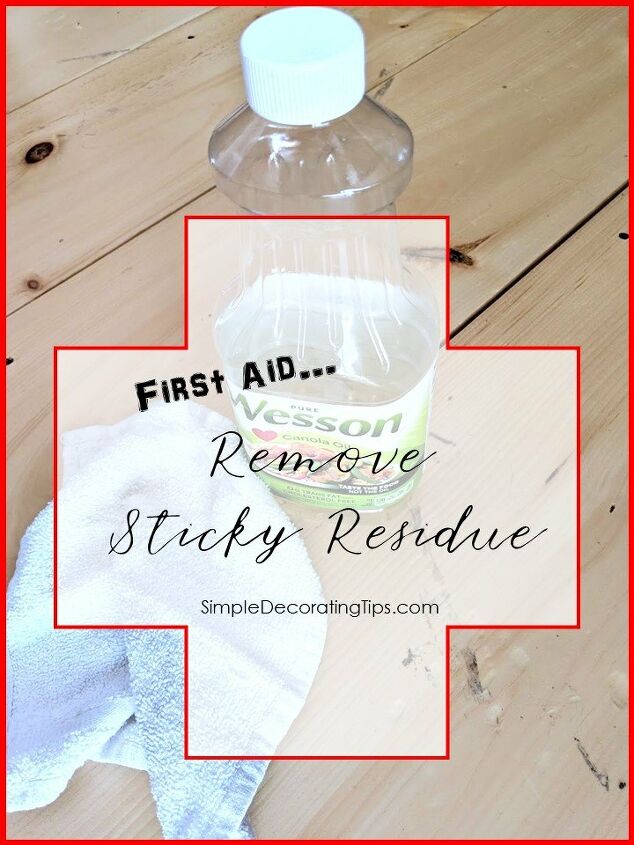












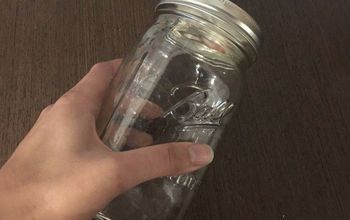
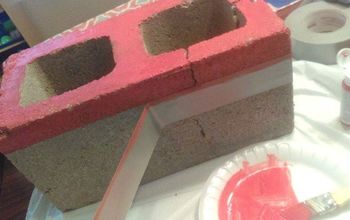



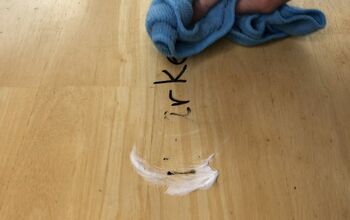
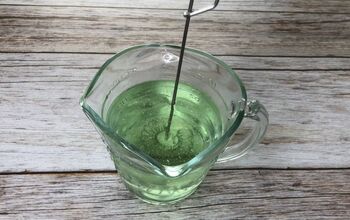
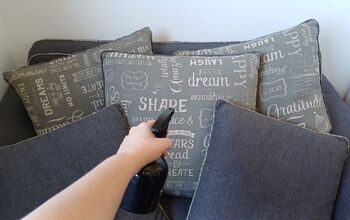
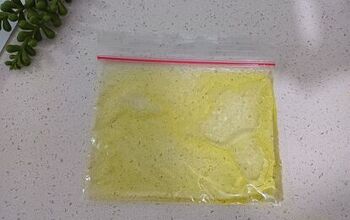
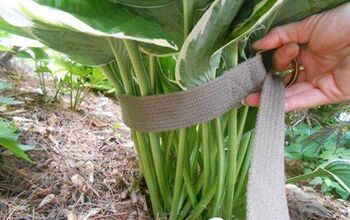
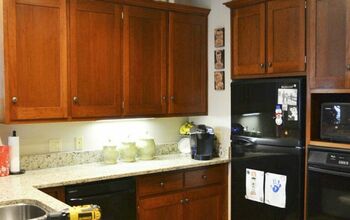
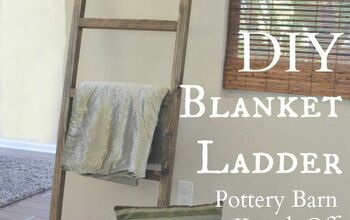
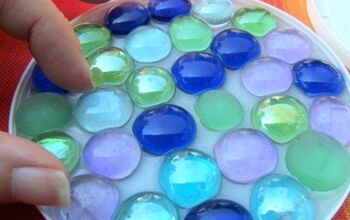
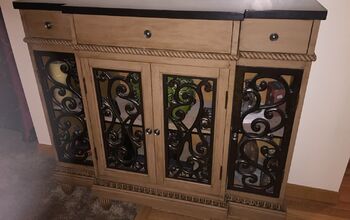
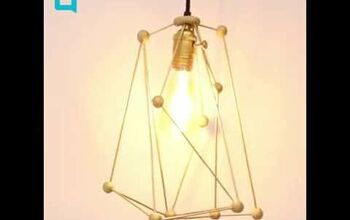
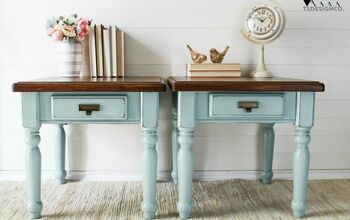
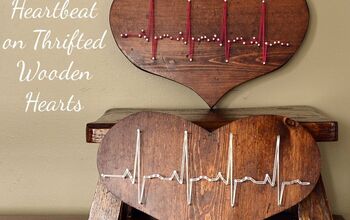

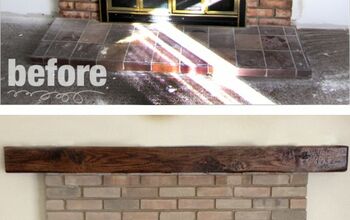
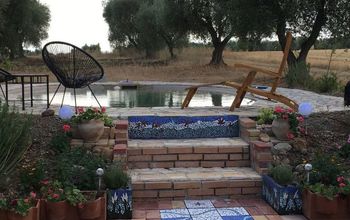
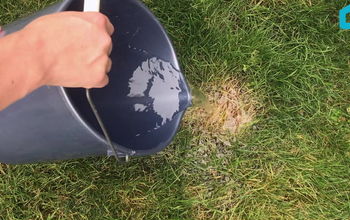
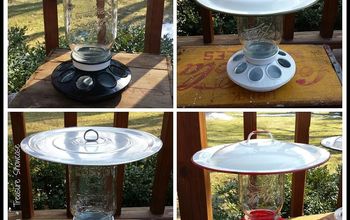
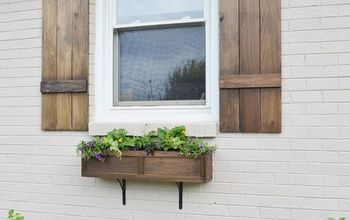
Frequently asked questions
Have a question about this project?
I took up old carpet in my century home and the padding is super dried out and stuck to beautiful wood floors.
will this work?
I like your chair! Did you make this? Love to see a full photo of your chair. Many thanks.
Can you tell me your favorite floor cleaner??